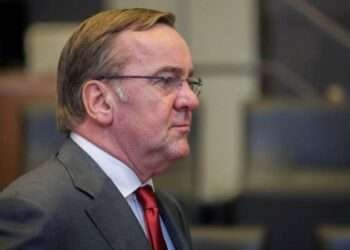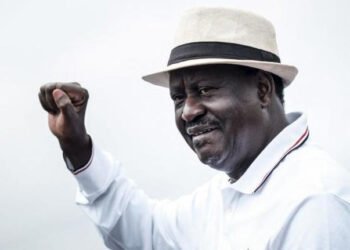Senegal’s healthcare market will see a boom, benefitting from an improved economic outlook, after experiencing a slowdown in 2020, according to Fitch Solutions.
The country’s economic growth is forecast to reach 4.0 percent in 2021 from 0.6 percent as at year-end 2020, primarily driven by fixed investment. The underlying factor to buoy this growth emanates from the nature of covid-19 restrictions and accompanying progress in the vaccine rollout. Also, this will work when combined with supportive government spending will boost consumer confidence and improve labour market conditions.
Given this outlook, the healthcare market will benefit as income and tax revenues improve, thereby ensuring relative fluidity of healthcare spending. Fitch Solutions expect economic growth to accelerate to 6.3 percent in 2022 as the vaccination programme progresses. Inflation will also remain low and stable thus benefitting private healthcare companies.
Furthermore, the government’s efforts to achieve universal health coverage (UHC) will propel the government’s healthcare spending. Like regional peers, Senegal is committed to achieving universal healthcare coverage and therefore has a Universal Health Insurance Policy called Couverture Maladie Universelle (CMU).
Although fast improving after its inception, reaching a target of 75 percent of coverage by 2017, the progress of the programme has been slow. By the end of June 2019, it was reported that only an estimated 45.4 percent of the Senegalese populations were covered by some form of social protection scheme for health.
Generic drugmakers to be the biggest beneficiaries
Fitch Solutions believe that Senegal’s government will continue to increase its health spending in order to achieve its goal of universal health coverage. Therefore, Fitch forecasts that the government’s health expenditure will grow by a local compound annual growth rate (CAGR) of 3.3 percent in local currency terms to reach US$500 million by 2030.
However, this figure is set at equaling only 33 percent of the government’s total health expenditure which indicates an almost unchanged CAGR from previous. This therefore means that private healthcare expenditure will continue to dominate, Fitch suggests. Overall, healthcare expenditure is forecasted to grow by a CAGR of 3.7 percent in local currency terms to reach US$ 1.5 billion by 2030.
Also, Fitch Solutions cautions many challenges exist that could hinder the universal health coverage plan and therefore healthcare spending. Healthcare access in Senegal remains poor, with only 0.6 doctors per 10,000 inhabitants. This compares poorly to its peers such as Morocco with 6.2 doctors per 10,000 inhabitants and France with 31.9 doctors per 10,000 inhabitants.
Furthermore, the number of doctors in Senegal is poorly distributed; 70 percent of doctors and 80 percent of pharmacists and dentists are based in the capital city of Dakar. Although the quality of care in Dakar is generally much better than elsewhere in the country, hospitals in Dakar still do not necessarily have medical equipment or specialist doctors for the treatment of some complex medical conditions.
Despite the fact that Senegal has a national health insurance programme in place, free cover is limited to only a section of the population as well as certain drugs and hospital levels, Fitch notes. As a result, Fitch Solutions highlight that generic drug makers will continue to be the main beneficiaries of the boom in the pharmaceutical market.
READ ALSO: Our withdrawal from AOMC, due to unfair treatment- Indigenous OMCs Association






















